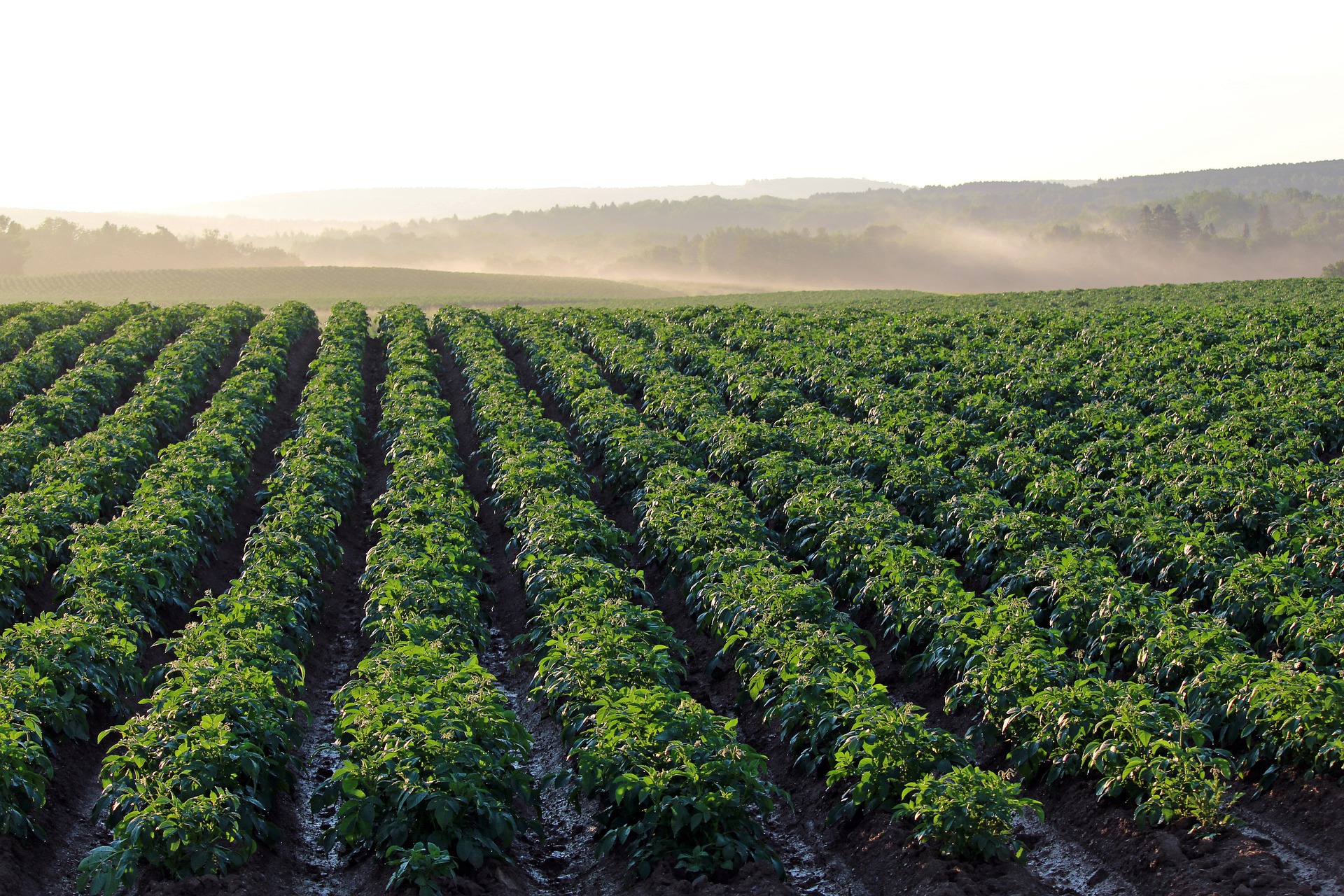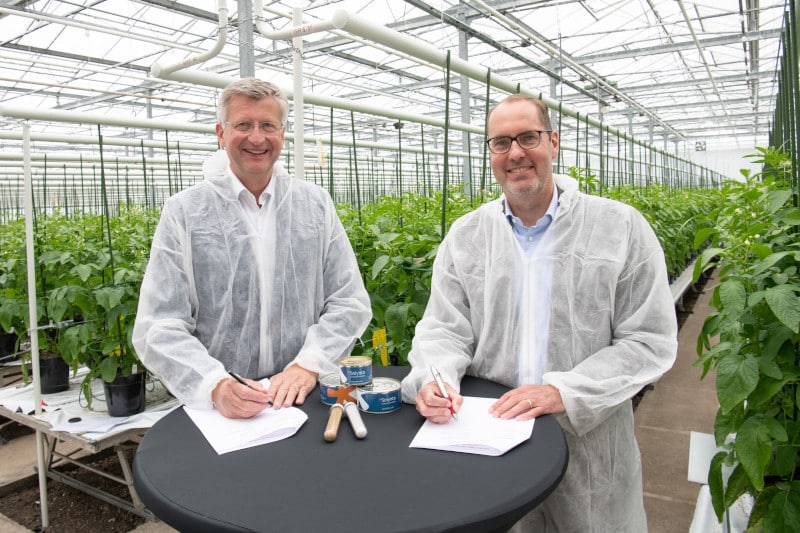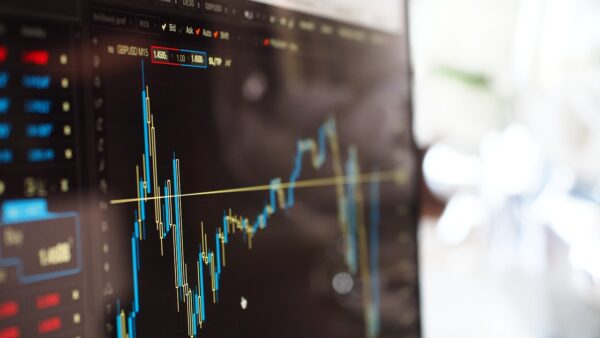This summer has been one of the most trying and costly for farmers across Europe, as the worst drought in nearly 500 years remains severe in many countries.
During a recent meeting, the North Western Potato Growers (NEPG) estimated that global potato production in NEPG’s zone (EU-04) is expected to drop by seven to 11 per cent, varying between 20 and 21 million tons, according to a release.
“Summer 2022 will be recorded as a difficult and a very costly year, either because yields per hectare are low, but also because energy and irrigation costs were much higher,” said the release.
Germany, France, Belgium, the Netherlands and the UK are some of the countries that have been hit the hardest by the high heat and lack of rain, as some farmers are unsure if they will be able to deliver expected contracts because of low yields.
Global Production and Price Increases
In addition to these extreme heats, farmers must also weigh the production effects brought upon by the continued invasion of Ukraine and lasting impacts from the COVID-19 pandemic.
Free buy and free market potatoes have seen a large increase in price, more than doubling with the potential to go even higher as the season progresses, according to Cedric Porter, editor of World Potato Markets and member of the Trade & Agriculture Commission.
“Free buy prices are relatively good. They’re a bit above production costs, and farmers would like to have even higher free buy prices because their production costs with the war have gone up very much. All productions costs have gone up, be it energy, diesel, electricity, machinery. Everything that has to do with construction and fertilizer,” explains Daniel Ryckmans, secretary of NEPG, in an interview with European Seed. “As a result, the contract prices farmers are going to get for the next season (i.e., 2022-2023) will not cover the new costs.”
Producers are hoping for good free buy prices in the remainder of 2022 and into 2023 to make up for decreased contract prices, which now do not cover the higher costs built up since the beginning of the war. Yet, the future remains unknown.
“Processors are currently working at full capacity. Everyone hopes they will continue to do so. But should processors reduce their activity because of lack of gas availability or high prices, they might be buying less free buy potatoes, and at the end of the day, growers will not be able to sell their potatoes at a good price. Eventually, in the worst-case scenario, they would be left with some potatoes,” adds Ryckmans.
Looking Towards the Future
Experts are confident that late rains will not save the crops from the harmful impacts of the aggressive drought. Paired with increased production costs, European processors have much to deliberate for next season.
“It’s going to be very tight for the processors in Europe to get the potatoes they need, and of course, that’s going to have an impact on the global market. The market was obviously very impacted by pandemic. In 2020, we saw a big reduction in the trade of potatoes, particularly in frozen potato products, but it all began recovering again in 2021 and the first half of 2022,” explains Porter in an interview with European Seed.
Unfortunately, the extreme drought might set the European potato trade back once again.
“The value of exports will be a record in 2022. As we go into 2023, there will be more pressure on exports, and we will see much higher prices. We’re already seeing much higher export prices, and that’s really set to go higher. Whether that will mean that people will want to buy less because of higher prices, inflation and the cost of living, that waits to be seen. But if people can buy fries at a reasonable price, they will buy them, restoring the market,” he concludes.
Despite all hands-on deck from experts to predict the full impacts of the drought and water shortages, some farmers have been left to their own devices to salvage what is left of their crop from this season. For a smaller organization like NEPG, the best way they can aid farmers during this difficult time is to provide accurate and timely information.
“We are a very, very small organization with a budget of between 15,000 to 20,000 euros, so we’re not a big company. The only thing we have is information. The only thing we can give to our growers is information. And when they have information, they are stronger. That’s the only thing we can do,” concludes Ryckmans.
Read More:
Farmers Face the Perfect Storm as Drought Hits
Drought Drops European Potato Crop by 7 to 11 Percent
Out of the Black Box: Festulolium Roots Shine Through Drought Periods











